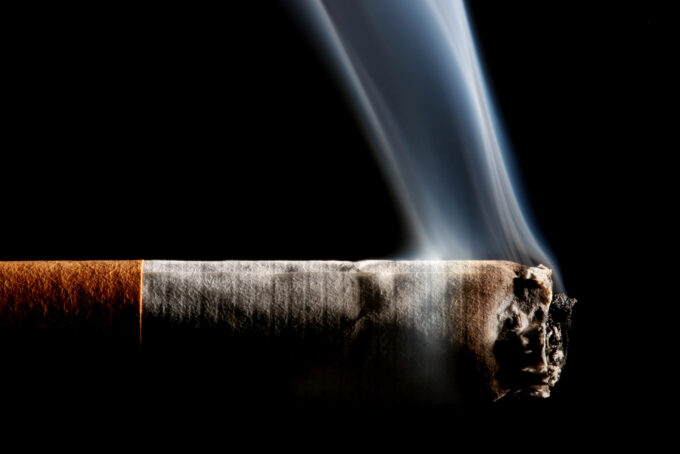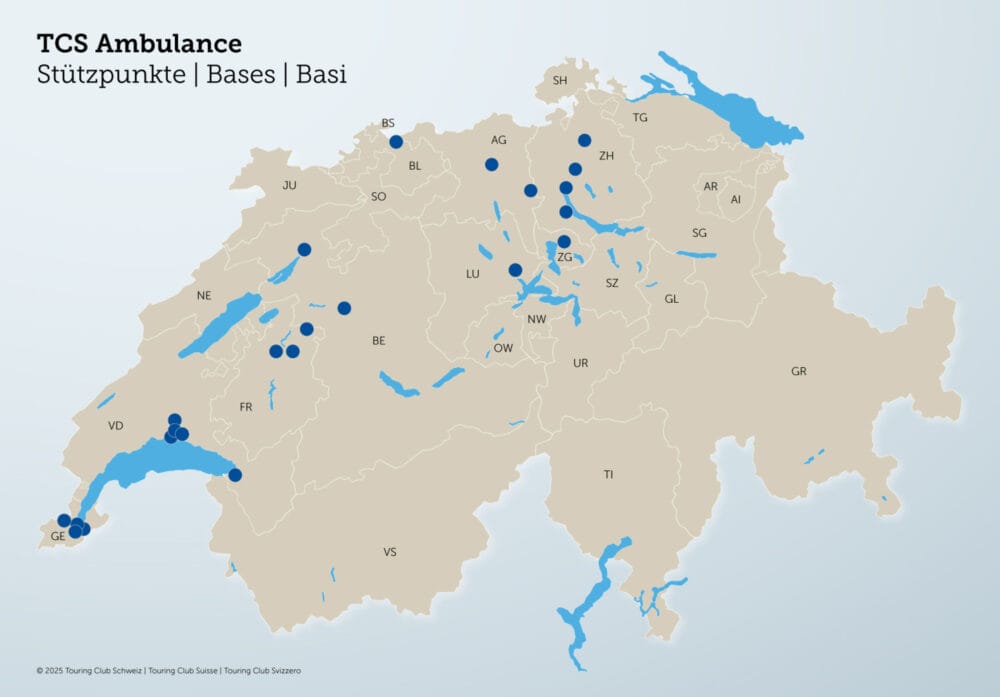Steam burns: Through the pores into the skin
Even if the wound looks harmless on the surface, in the case of a burn with steam the motto is: keep cooling! Empa researchers have now been able to show for the first time how hot water vapor achieves its perfidious effect: It penetrates the top layer of skin and can cause severe burns in the lower layers of skin - and this is initially almost invisible.

Whether working with steam lines or in the kitchen, when boiling hot steam meets skin, it quickly creates Burns. Also Firefighters are at risk - by their own sweat: When this evaporates under the heavy protective clothing in the heat of a fire and cannot escape, it condenses on the cooler skin and burns it. Skin burns caused by steam are often particularly treacherous: if the skin is only exposed to the hot steam for a short time, the burn may look harmless on the surface - whereas the lower skin layer is severely damaged. But why is this so? Until recently, there was no answer to this question, because in contrast to burns caused by dry heat, the exact mechanisms of burns with water vapor have not been researched very much.
Why the epidermis does not protect against steam
Researchers from Empa's Biomimetic Membranes and Textiles department have now cracked this riddle. "We were able to show that the top layer of skin, the epidermis, cannot properly perform its protective function when exposed to water vapor," explains René Rossi, head of the research group. "The steam penetrates through the skin pores to the lower skin layer, called the dermis or dermis. Only there does the steam condense, thereby releasing its heat energy directly onto the sensitive dermis - and thus directly triggering second-degree burns."
The scientists tested their thesis on pig skin, which often serves as a model for human skin thanks to its similar properties. They exposed the skin to hot steam. The researchers then examined the water content of the various skin layers using Raman spectroscopy, an analysis method that allows statements to be made about material properties through the scattering of light.
And indeed, it showed that when the skin is exposed to hot steam, the heat penetrates faster and deeper into the underlying Skin layers than is the case with dry heat. The experiments showed that already in the first 15 seconds the water content of all skin layers increases. This is because the uppermost skin layer has pores that are usually much larger than a water molecule - and the water vapor can slip through them unhindered. Only when the epidermis has swollen due to the amount of water absorbed do the pores become too small for the water vapor - but by then the damage has already been done in the lower skin layer.
Minimize the damage
One problem with all burns is the so-called afterburn effect: the epidermis is a relatively poor conductor of heat. Once the skin has absorbed heat - especially in the deeper layers of the skin - it releases it only very slowly. This means that the heat can act on the tissue for longer and damage it even more. This effect is often particularly strong in steam burns because the heat can penetrate deeply so quickly. "In the case of a steam burn, the skin must therefore be cooled for a long time and with persistence - two minutes in is not enough to dissipate the high amount of energy from the deeper layers of the skin," explains Rossi.
Text: Swiss Federal Laboratories for Materials Testing and Research Empa
Editor's tip: SAFETY-PLUS issue 4/2017, article p. 10: "Fire - fascination and danger at the same time"; first aid for burn injuries









